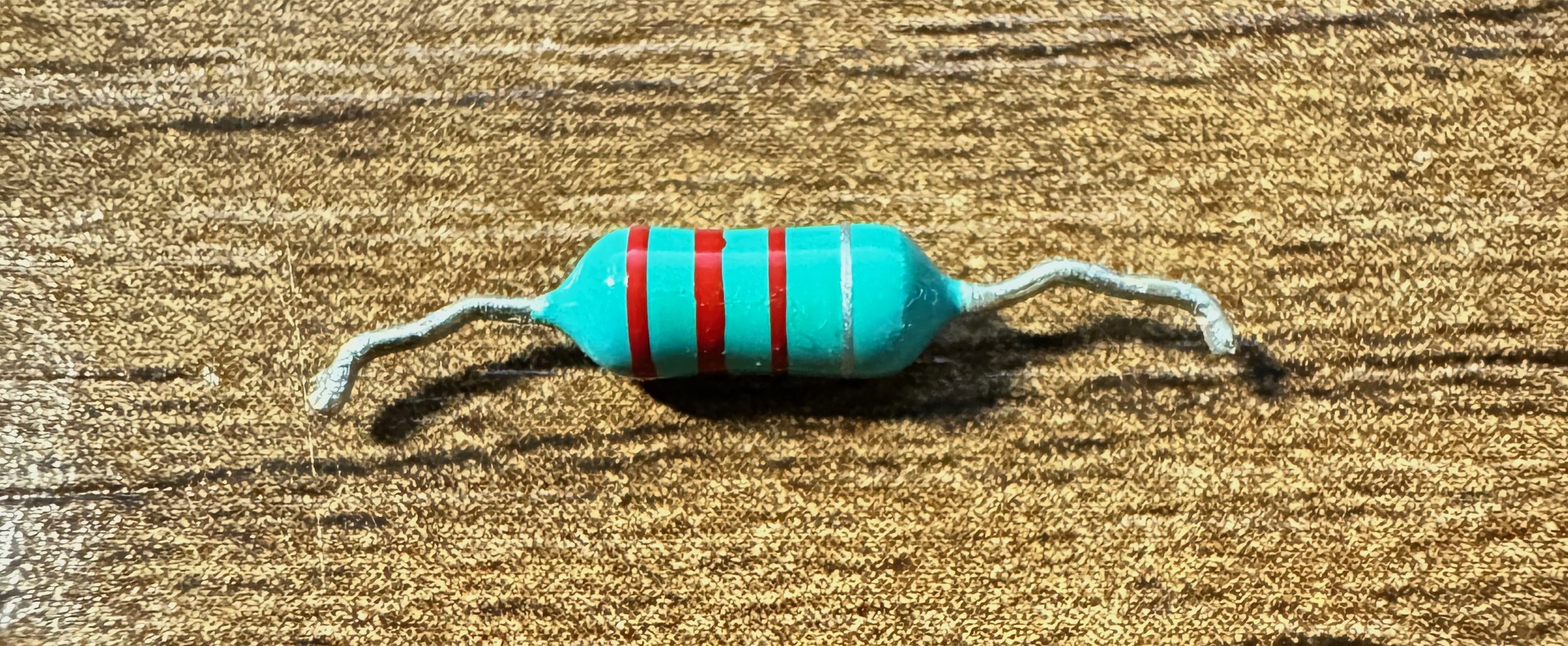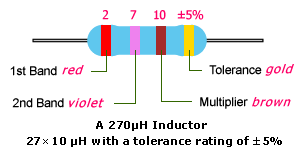Anatomy of a band Inductor.
What is an inductor, how it works, and what’s inside it?
An inductor is a passive electronic component that stores electrical energy in the form of a magnetic field. It is typically made by winding a wire into a coil around a core, which can be air, iron, or other magnetic materials. When an electrical current flows through the coil, it generates a magnetic field around it. The key principle behind how an inductor works is electromagnetic induction, which is governed by Faraday's law of electromagnetic induction.
Accumulation of magnetic energy: When a voltage is applied across the terminals of the inductor and current starts to flow through it, a magnetic field forms around the coil. The strength of this magnetic field is directly proportional to the current passing through the inductor.
Storage of energy: The inductor stores electrical energy in this magnetic field. The energy is stored in the form of magnetic potential energy, which can be calculated using the formula: U = (1/2) * L * I^2, where U is the energy stored, L is the inductance of the inductor (measured in henries, H), and I is the current passing through the inductor (measured in amperes, A).
Inductance: The inductance (L) of an inductor is a measure of its ability to store energy in the form of a magnetic field. It depends on factors such as the number of turns in the coil, the coil's dimensions, and the type of core material used.
Opposition to changes in current: One of the key characteristics of an inductor is its ability to oppose changes in the current flowing through it. According to Lenz's law, an inductor resists changes in current by inducing a voltage in the opposite direction of the change. This property is why inductors are often used in applications like filtering, energy storage, and signal processing.
Time constant: The rate at which an inductor responds to changes in current is determined by its inductance and the resistance in the circuit. The time constant (τ) of an RL circuit is given by τ = L / R, where L is the inductance, and R is the resistance. A larger inductance or a smaller resistance will result in a longer time constant, meaning the inductor responds more slowly to changes in current.
Let’s take a look inside a band inductor.
Since they are pretty small, it’s not that easy to cut them so I’ll do some resin casting with an inductor inside, then sand it down to expose the inductor’s internals. Here is the process:
Don’t forget to polish! Otherwise the surface will be quite rough and it will be not that easy to see individual wires. See unpolished vs polished:
Inductors are commonly used in a variety of applications, including inductors in filters to remove unwanted frequencies, energy storage in power supplies, and as components in oscillators and transformers. They play a crucial role in electronic circuits, especially in applications involving alternating current (AC) and in cases where the control or shaping of electrical signals is necessary.
And here is how to find values for color band inductors:
https://commons.wikimedia.org/wiki/File:Tw-inductor-color-code-ex270uh.gif
https://www.instructables.com/Inductor-Color-Code-Guide/
[Affiliate links. As an Amazon Associate I earn from qualifying purchases. There is no additional cost to you]:
Color Ring Inductor Assortment Kit: https://amzn.to/3DxKbgq




